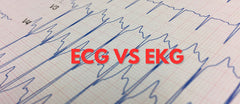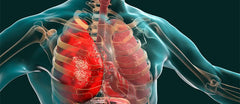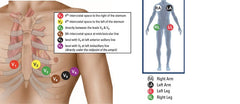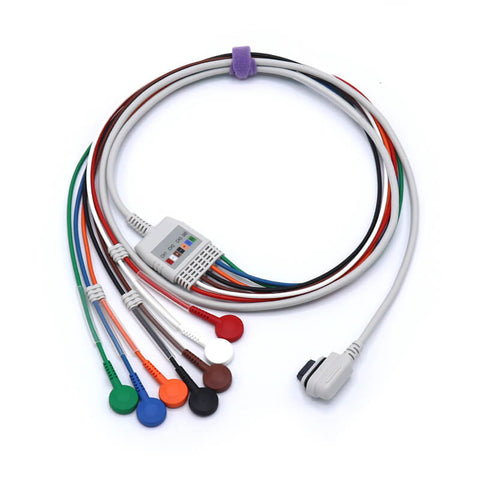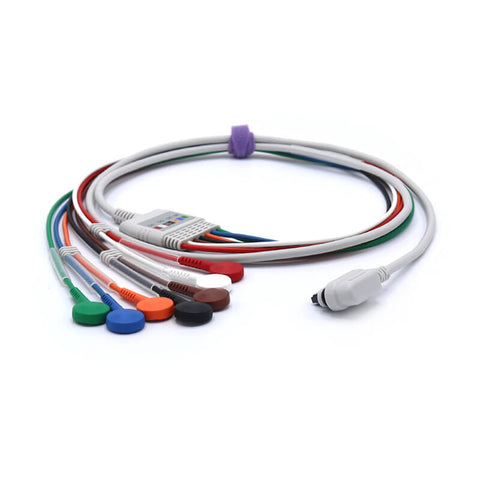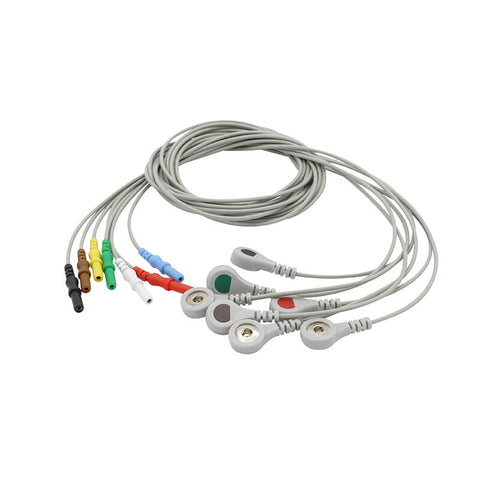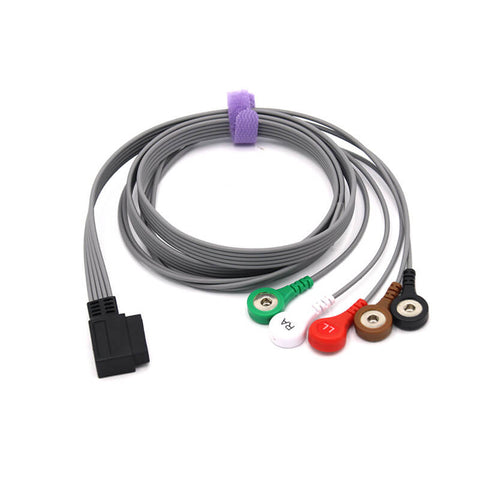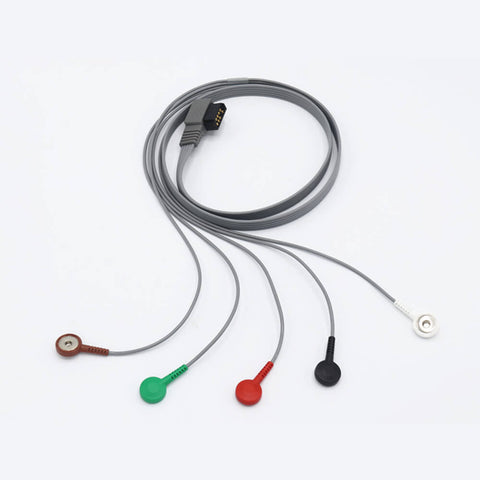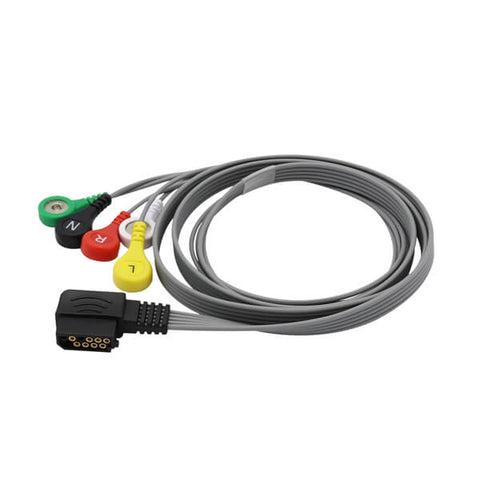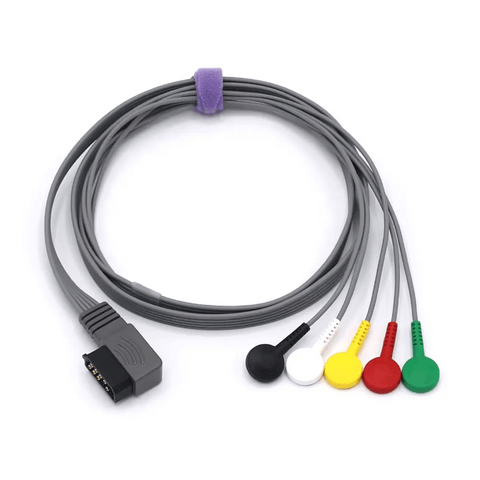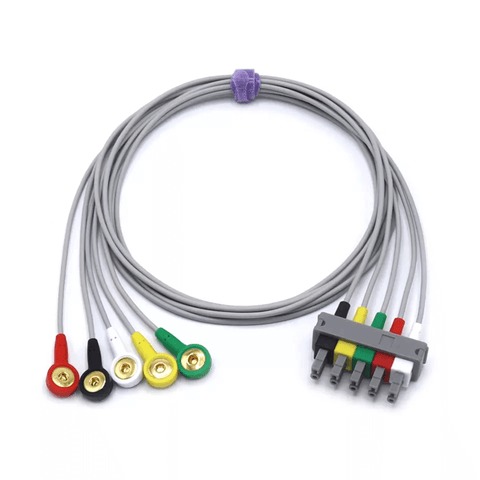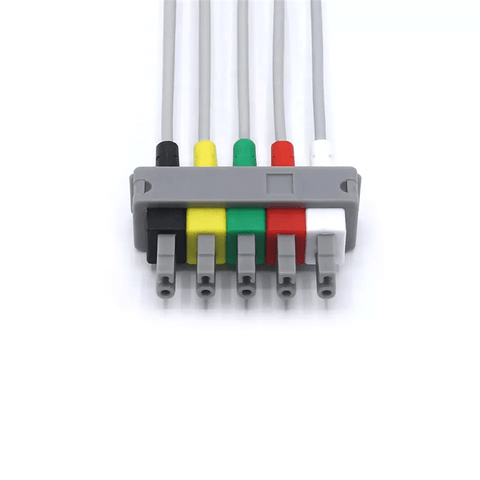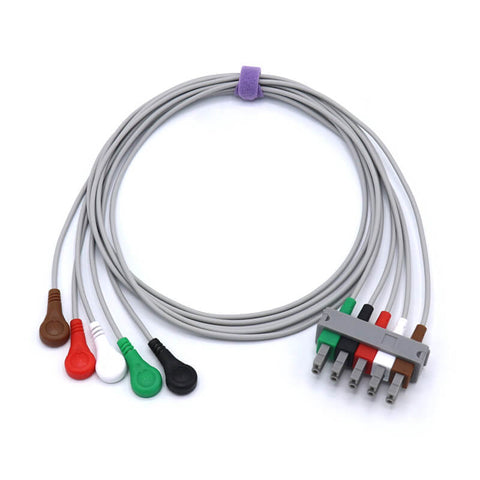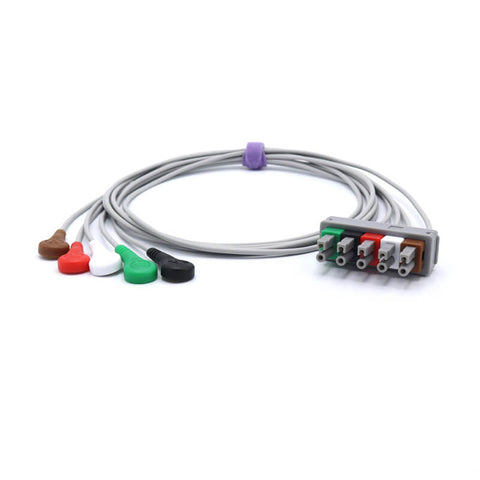How to Do an ECG Step by Step
Electrocardiogram (ECG or EKG): Complete Procedure, Preparation, and Results
An electrocardiogram (ECG) is a simple, quick, and painless test that measures your heart’s electrical activity. It helps doctors detect heart rhythm problems, previous heart attacks, and other cardiac conditions. The process usually takes only about 10 minutes from start to finish.
🩺 Before the ECG: How to Prepare
1. Change into a gown (if required):
You may be asked to remove your upper clothing and put on a hospital gown to allow access to your chest area.
2. Skin preparation:
A healthcare professional will clean the skin with alcohol wipes where the electrodes will be attached — usually on the chest, arms, and legs.
If necessary, small areas of chest hair may be shaved to improve electrode contact and ensure accurate signal transmission.
3. Stay relaxed and still:
You’ll be asked to lie flat on a bed or examination table, breathe normally, and avoid unnecessary movement or talking. This helps prevent electrical “noise” or artifacts in the ECG reading.
⚙️ During the ECG: Step-by-Step Process
1. Electrode placement:
About 10 small adhesive electrodes (sticky patches) are carefully placed on your chest, upper arms, and lower legs.
2. Connection to ECG machine:
Wires (leads) from the electrodes are attached to the ECG device, which detects and records the heart’s electrical impulses.
3. Recording the heart’s activity:
The ECG machine captures the electrical signals and displays them as waveforms on a screen or prints them on paper. These waves represent each heartbeat’s electrical phase.
4. Test duration:
A standard ECG usually takes 5–10 minutes. You won’t feel any electrical current or pain during the test.
✅ After the ECG: What Happens Next
1. Electrode removal:
Once recording is complete, the electrodes are gently removed. Some mild redness may appear on the skin, which fades quickly.
2. Review and interpretation:
A doctor or cardiologist reviews the ECG printout or digital results to assess your heart rhythm, rate, and potential abnormalities such as arrhythmia, ischemia, or hypertrophy.
3. Documentation:
Your ECG report is saved in your medical record and may be compared with previous results to track changes over time.
💡 Key Takeaways
-
The ECG is non-invasive, quick, and risk-free.
-
It provides vital information about your heart’s electrical system and rhythm.
-
No special recovery time is needed — you can return to normal activities immediately.
-
ECGs are often part of routine checkups, pre-surgery evaluations, or emergency assessments for chest pain or palpitations.
🔍 Related Questions People Also Ask
-
What should I avoid before an ECG?
-
How many leads are used in a standard ECG?
-
What can an ECG detect about heart health?
-
Is ECG different from an echocardiogram?


